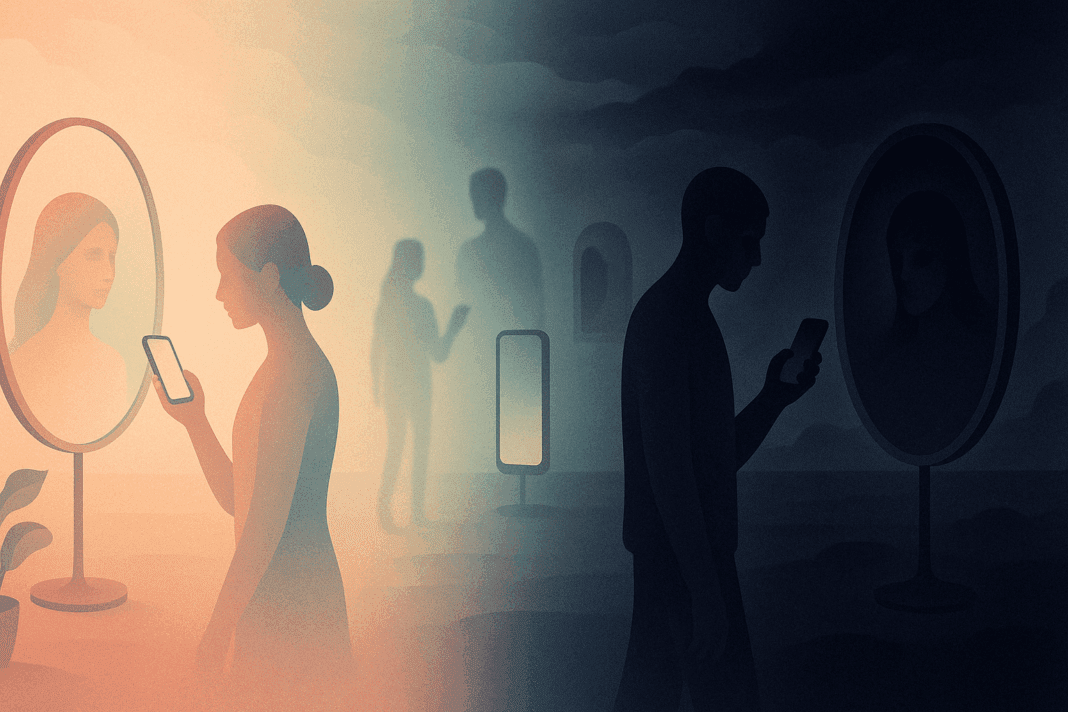In a digital landscape saturated with wellness advice, diet culture, and seemingly inspirational content, it can be deceptively easy to stumble across online communities that glamorize and perpetuate disordered eating. These communities, often referred to as pro eating disorder sites, include spaces that explicitly or implicitly promote harmful behaviors associated with conditions like anorexia nervosa and bulimia nervosa. They frequently disguise themselves as support forums or lifestyle blogs, presenting dangerous content under the guise of self-improvement or body positivity. Yet beneath the surface, the content can undermine mental and physical health, particularly among impressionable audiences.
You may also like: How to Stop Emotional Eating and Regain Control: Mindful Nutrition Strategies That Support a Healthier Lifestyle
These online platforms have grown increasingly sophisticated, often blending seamlessly into mainstream diet culture. They use hashtags, aesthetic imagery, and coded language to avoid detection, yet their messages are clear to those who know what to look for. Terms like pro anorexia websites or mia eating disorder forums refer to hubs where eating disorders are not only normalized but celebrated. Understanding the influence these sites exert—both overtly and subtly—is critical to protecting public mental health, especially in the context of mindful eating and a healthier lifestyle. This article explores the hidden risks of these digital spaces, their psychological consequences, and how they contradict the principles of nutrition-focused well-being.
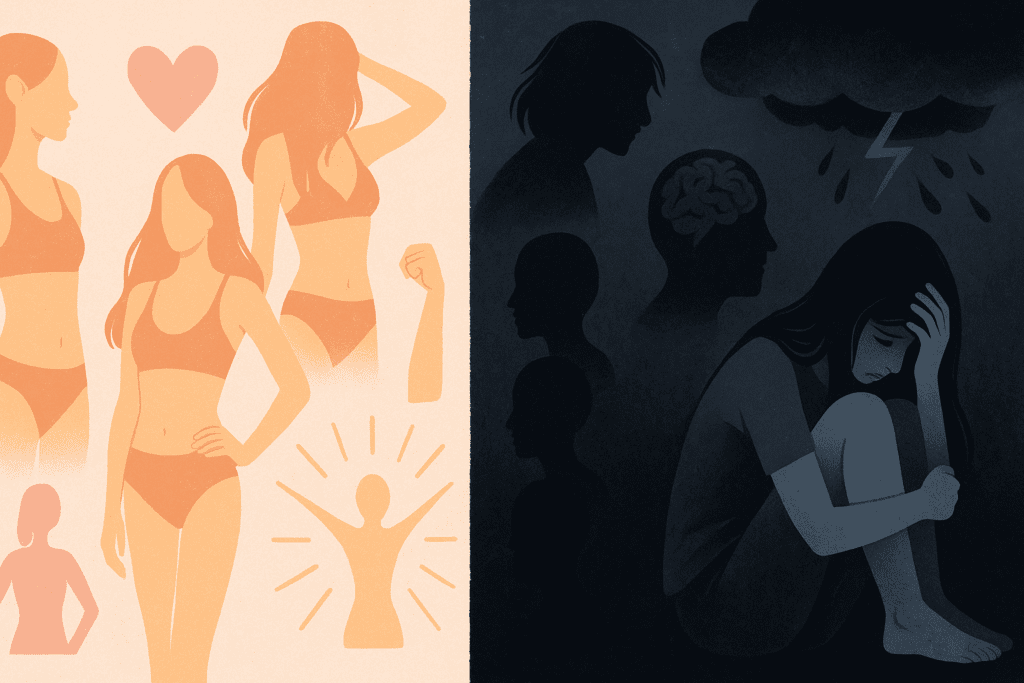
The Allure of Pro Eating Disorder Sites in a Culture Obsessed with Thinness
Modern culture places tremendous value on appearance, often equating thinness with discipline, success, and beauty. Within this context, pro eating disorder sites feed into an already pervasive societal ideal. They promise control, achievement, and even community to individuals who are struggling with self-image, often during emotionally vulnerable periods. These sites don’t present eating disorders as illnesses but as lifestyles worthy of admiration and emulation. The normalization of dangerous behaviors, such as extreme calorie restriction or purging, appeals to individuals seeking belonging or validation.
What makes these communities especially insidious is their aesthetic appeal. Many pro anorexia websites are designed with curated, pastel-hued visuals and aspirational quotes about strength, self-control, and beauty. They blend toxic ideologies with motivational mantras, making it harder for users—particularly teens and young adults—to distinguish between what is harmful and what is healthy. Posts often include ‘thinspiration’ content: idealized photos of very thin individuals accompanied by hashtags and captions encouraging starvation or obsessive control.
Additionally, these spaces frequently introduce the term “mia eating disorder” as shorthand for bulimia. By personifying the illness—naming it ‘Mia’—they create an emotional connection that trivializes the severity of the condition. Instead of being framed as a medical diagnosis requiring professional support, bulimia becomes a lifestyle choice, often depicted as manageable or even desirable. These portrayals not only distort reality but also prevent users from seeking the help they need.
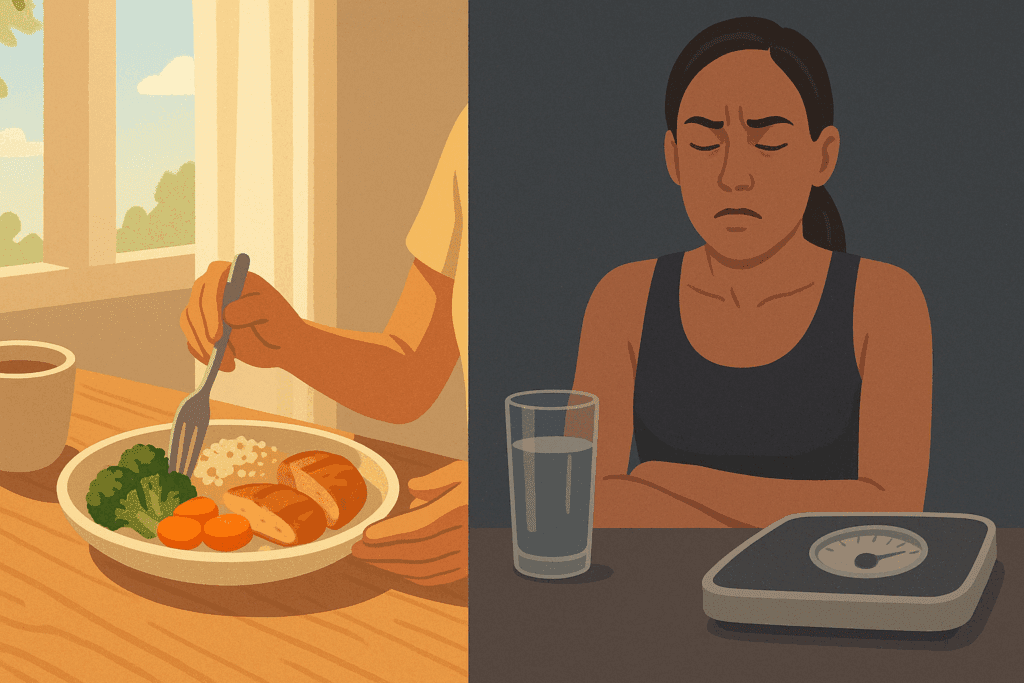
How Digital Diet Culture Warps the Concept of Mindful Eating
Mindful eating encourages individuals to develop a healthy, conscious relationship with food. It emphasizes listening to internal hunger cues, savoring meals without distraction, and rejecting guilt or shame associated with eating. Yet pro eating disorder sites hijack this language, offering a distorted version of mindful eating that serves their harmful agenda. Rather than promoting balance, they weaponize mindfulness as a tool for restriction, equating self-awareness with self-denial.
On many of these sites, you’ll find misappropriated advice that initially sounds like genuine nutrition guidance. However, a closer look reveals the promotion of dangerous behaviors disguised as discipline. For instance, users are often encouraged to ‘mindfully skip meals’ by meditating through hunger or substituting water for food. This deceptive framing can confuse those seeking better eating habits, especially when they encounter terminology similar to that used in legitimate wellness circles.
The contradiction between genuine mindful eating and what’s presented on pro anorexia websites is stark. True mindful eating involves self-compassion and respect for the body, whereas these online communities foster guilt, shame, and obsessive calorie counting. The result is a profound cognitive dissonance for individuals who might have started their journey seeking wellness but end up entrenched in disordered eating behaviors. Over time, the lines between intention and pathology blur, undermining both physical nourishment and emotional well-being.
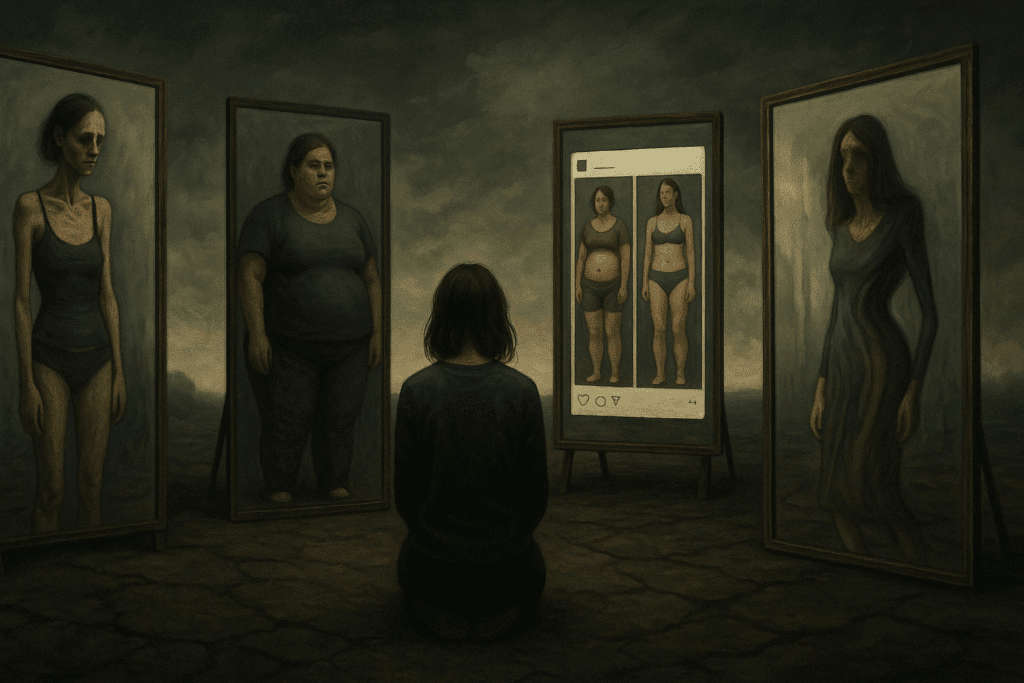
Psychological Impacts: From Comparison Traps to Identity Erosion
One of the most damaging aspects of pro eating disorder sites is the constant reinforcement of comparison. These platforms often rely on before-and-after images, weight loss logs, and goal weight check-ins, which can trigger or exacerbate feelings of inadequacy. Users are subtly encouraged to measure their worth by numbers on a scale or the visibility of their collarbones, fueling a cycle of compulsive self-criticism.
This comparison trap can be particularly devastating during adolescence and early adulthood, when identity is still forming. The sense of community found on these sites may initially feel comforting, but over time, it replaces authentic self-worth with a fragile, externally driven identity. Instead of being recognized for personal achievements, talents, or relationships, individuals begin to define themselves solely by how little they eat or how thin they appear.
The glorification of suffering is another deeply troubling hallmark. On some mia eating disorder forums, users openly discuss their purging techniques, share tips to hide behaviors from loved ones, and even encourage one another to push past physical hunger. The emotional toll of this encouragement is profound. It reinforces the idea that suffering is noble or necessary for beauty, leading many users to internalize these beliefs as unshakable truths. The psychological trauma this creates can take years to unwind, often requiring intensive therapeutic support.
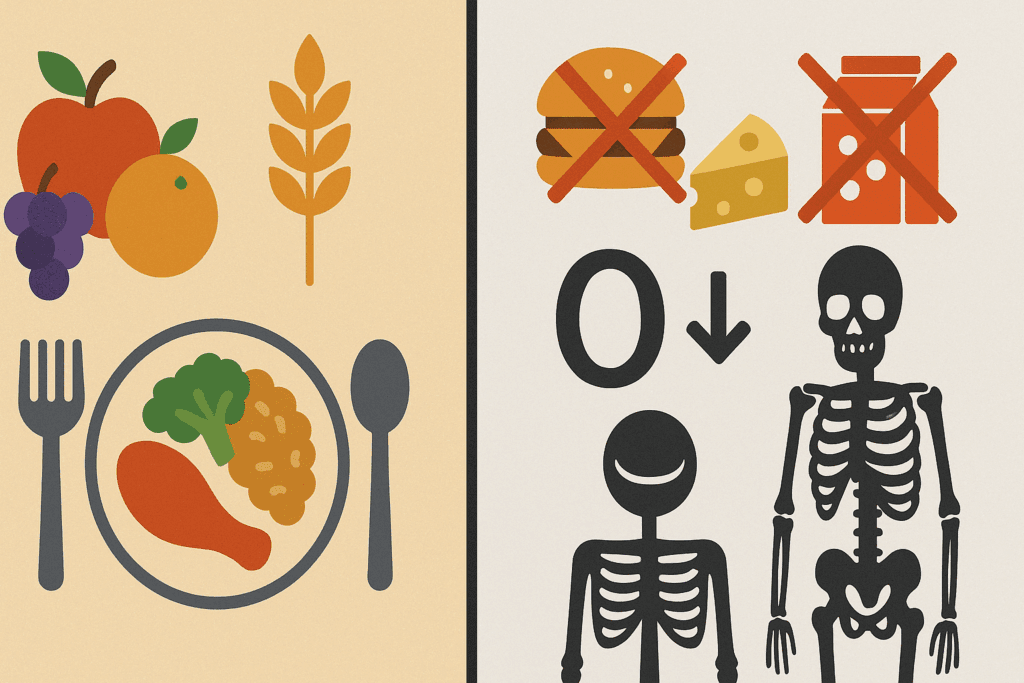
Undermining Public Health and Nutritional Education
As public health campaigns promote balanced diets and body positivity, pro eating disorder sites function as an underground counterculture that dismisses science-based nutritional guidance. They discourage professional help and present medical advice as an enemy of personal freedom. This resistance to evidence-based care can delay or prevent individuals from seeking treatment until their condition has become life-threatening.
The nutritional misinformation found on these sites is staggering. Users are often told to avoid entire food groups, eliminate fats, or survive on dangerously low calorie intakes. This advice not only lacks scientific validity but actively harms users’ metabolic function, cognitive health, and immune resilience. Over time, the body enters a state of deprivation that increases the risk of serious complications such as electrolyte imbalances, heart arrhythmias, and even organ failure.
Moreover, these communities promote an unhealthy fixation on ‘clean eating’ that further undermines the flexibility and inclusivity encouraged by legitimate nutritional experts. By presenting highly restrictive diets as optimal, pro anorexia websites create a false dichotomy: you’re either disciplined and thin or weak and unhealthy. This black-and-white thinking erodes critical thinking and leaves no room for the nuanced, individualized approach that real nutrition demands. As such, these online communities are not just harmful to individuals—they pose a serious challenge to broader public health efforts.
Why Prevention Requires a Digital Literacy Revolution
To address the growing influence of pro eating disorder sites, we must elevate digital literacy, particularly among youth and vulnerable populations. Recognizing and critically evaluating online content is a skill that needs to be taught explicitly, not assumed. Just as we educate students about cyberbullying or misinformation in news media, we must also arm them with the tools to spot and reject harmful diet culture masquerading as health advice.
Digital literacy programs should include real examples of how pro anorexia websites use coded language and visual design to lure users in. Teaching individuals to question the source, intent, and medical accuracy of health content is a powerful defense against manipulation. When young people understand how to distinguish between pro-recovery forums and those that promote disordered behavior, they are far more likely to seek support from trustworthy sources.
Parents, educators, and healthcare professionals all play a role in fostering this awareness. Open dialogue about body image, media influence, and mental health can preempt the isolation that drives many people toward these online spaces. By normalizing conversations around eating disorders and removing the shame often associated with them, we reduce the appeal of anonymous forums where secrecy thrives. Ultimately, prevention begins with visibility—and digital literacy is the lens that makes hidden harm visible.
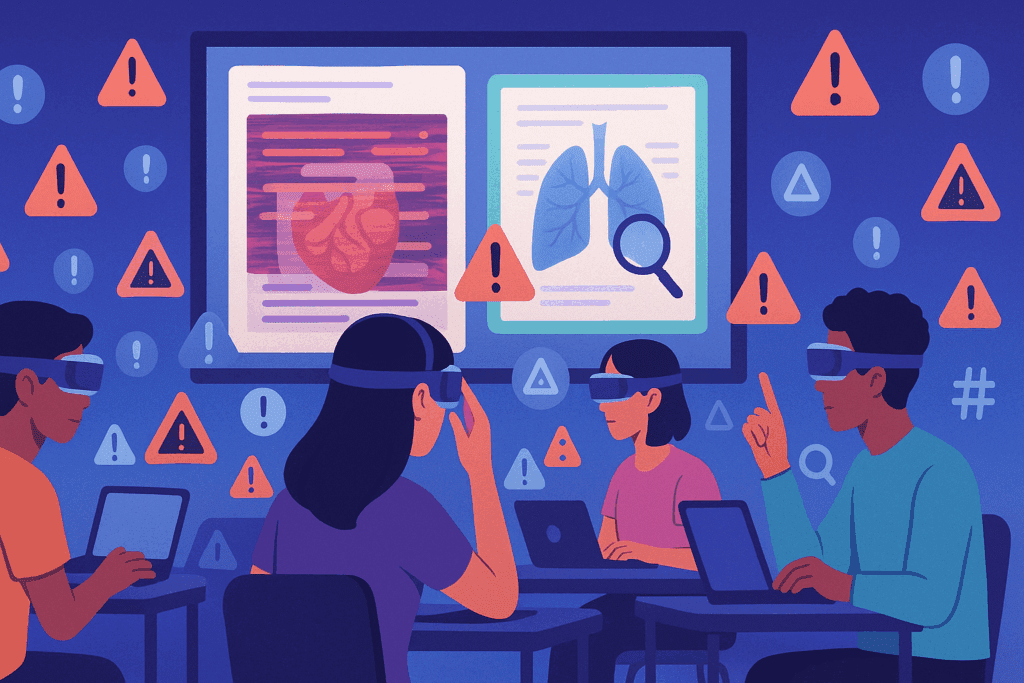
Therapeutic Interventions and the Road to Recovery
Recovery from the influence of mia eating disorder content requires more than just shutting down a browser tab. It involves reprogramming deeply held beliefs about food, body image, and self-worth. Psychotherapy, particularly cognitive-behavioral therapy (CBT), has proven effective in challenging the thought patterns that sustain disordered eating. With the guidance of a trained therapist, individuals can begin to separate their identity from the illness and develop healthier coping strategies.
Nutritional counseling is another essential component. Dietitians with expertise in eating disorders help individuals rebuild their relationship with food in a safe and structured way. They provide the education necessary to counteract the nutritional misinformation encountered on pro eating disorder sites. Over time, clients learn to reintroduce fear foods, understand hunger and satiety signals, and reject the binary thinking that defines most disordered eating logic.
Importantly, support systems must be rebuilt. Isolation is a key factor in the appeal of harmful online communities, so recovery requires re-engaging with real-world relationships. Family-based therapy, peer support groups, and recovery mentors can all serve as anchors during the often turbulent process of healing. These positive influences remind individuals that they are not alone—and that connection, not control, is the path to true well-being.
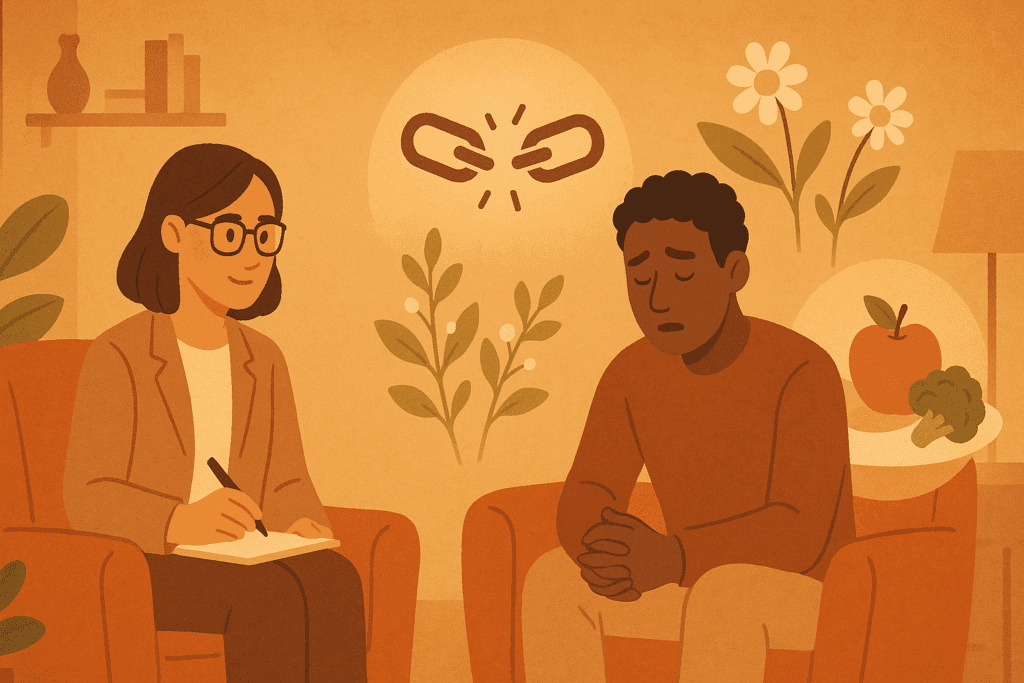
Reclaiming the Narrative Around Food and Body Image
To counteract the damage done by pro anorexia websites, we must also shift the cultural narrative surrounding food and body image. This begins with rejecting the moralization of eating and appearance. Food is not good or bad; bodies are not virtuous or shameful based on their size. When we embrace the diversity of body types and the complexity of nutritional needs, we make it harder for disordered messages to take root.
Social media platforms have a role to play in this reclamation. By promoting content that emphasizes body neutrality, intuitive eating, and mental health awareness, they can crowd out harmful voices. Algorithms should prioritize evidence-based content and offer resources to users searching for terms related to mia eating disorder or pro eating disorder sites. This approach must be proactive, not reactive, with partnerships between platforms and mental health organizations guiding content moderation and public education.
Individuals can also contribute by curating their digital environments. Unfollowing accounts that promote unrealistic ideals, blocking triggering hashtags, and engaging with recovery-oriented content are powerful steps toward healing. Over time, these choices accumulate into a healthier online experience—one that supports rather than sabotages well-being. The goal is not to avoid all discussion of weight or food, but to ensure that such conversations are grounded in empathy, science, and respect.
Frequently Asked Questions: The Hidden Dangers of Pro Eating Disorder Sites
1. What are some lesser-known psychological effects of engaging with pro eating disorder sites?
Beyond the immediate reinforcement of harmful behaviors, these sites can deeply affect users’ emotional regulation and cognitive flexibility. Regular interaction with pro eating disorder sites tends to increase emotional numbing, making it harder for individuals to identify or express their feelings. Over time, this emotional disconnection can lead to a rigid thought process where all decisions revolve around food control and body image. This lack of emotional awareness often interferes with interpersonal relationships, as users struggle to engage in authentic communication or respond empathically. Additionally, long-term exposure to such environments can erode users’ capacity to differentiate between helpful self-discipline and destructive obsession, creating a distorted sense of self-control.
2. How do pro anorexia websites exploit digital aesthetics to appeal to users?
A key strategy of pro anorexia websites is the use of curated digital aesthetics to evoke feelings of aspiration and belonging. These platforms often adopt a soft, minimalist visual style with muted tones and elegant typography, lending an air of sophistication that disguises their harmful intent. Inspirational quotes about strength, control, or inner beauty are juxtaposed with images that subtly reinforce unhealthy thinness. This blend of visual cues tricks users into perceiving these spaces as nurturing and empowering. The contradiction between the comforting aesthetic and the destructive messaging is precisely what makes them so psychologically disarming, particularly for younger or aesthetically driven audiences.
3. What role does secrecy play in sustaining mia eating disorder communities?
Secrecy functions as both a shield and a bond within mia eating disorder communities. Members are often encouraged to conceal their behaviors from friends, family, and even healthcare providers, reinforcing an “us versus them” mentality that deepens emotional dependency on the group. This secrecy fosters a false sense of intimacy among users, who may feel understood and accepted only within these digital spaces. It also undermines recovery efforts by normalizing deception and mistrust in real-life support systems. The longer this pattern persists, the more entrenched the behavior becomes, making it increasingly difficult to break away from the community and seek professional intervention.
4. Are there specific populations more susceptible to the influence of pro eating disorder content online?
Yes, certain groups are disproportionately vulnerable to the messaging on pro eating disorder sites. Adolescents, particularly those undergoing identity formation, are highly impressionable and more likely to be drawn to communities that promise control or belonging. LGBTQ+ individuals—especially transgender youth—may also be at heightened risk, as body dysmorphia and social marginalization can increase susceptibility to disordered eating content. People with perfectionistic tendencies or a history of trauma often find validation in these spaces due to their emphasis on discipline and pain. Moreover, those with limited access to mental health care may rely on pro anorexia websites or mia eating disorder forums as misguided substitutes for support.
5. How can algorithmic design on social media platforms inadvertently promote pro anorexia content?
Social media algorithms prioritize content based on user engagement, which can unintentionally boost harmful material. If a user interacts with even one piece of content aligned with pro anorexia websites, algorithms may begin surfacing similar posts, creating an echo chamber effect. Hashtags and euphemisms designed to evade moderation—like using coded language for mia eating disorder behaviors—allow this content to proliferate unchecked. Even well-intentioned users searching for recovery resources can be redirected toward these communities due to keyword overlaps. Without robust content moderation and collaboration with mental health experts, platforms risk inadvertently validating and spreading dangerous ideologies.
6. What are some recovery strategies specifically tailored for individuals influenced by online disordered eating communities?
One effective approach is digital detoxing with structured re-entry. This involves a temporary disconnection from platforms that host pro eating disorder sites, followed by reintroducing online engagement under therapeutic guidance. Narrative therapy is also useful; it helps individuals reframe their personal stories without relying on the identity shaped by pro anorexia websites. Exposure-based food therapy can assist in gradually dismantling avoidance behaviors normalized in these communities. Additionally, peer mentorship programs, where recovered individuals guide those still struggling, can provide credible, lived-experience support. Addressing the relational trauma perpetuated by mia eating disorder spaces is crucial for long-term recovery and trust rebuilding.
7. In what ways do these sites distort the concept of autonomy and empowerment?
Many pro eating disorder sites frame autonomy as the ability to reject societal norms and professional guidance in favor of self-imposed rules. This creates a toxic narrative where self-destruction is misinterpreted as empowerment. Users are led to believe that bypassing nourishment and suppressing hunger are acts of strength and independence. In reality, these behaviors are manifestations of distress and loss of control, not autonomy. Genuine empowerment involves reclaiming one’s body and choices through informed, compassionate self-care—something entirely absent from the values promoted by pro anorexia websites and mia eating disorder communities.
8. How can healthcare professionals better detect hidden influence from pro eating disorder content in patients?
Clinicians should ask open-ended questions about online habits, not just eating behaviors. Subtle clues—such as the use of specific slang, code words, or references to non-clinical “communities”—can indicate exposure to pro eating disorder sites. Sudden shifts in mood tied to digital activity or evasiveness when discussing food-related social media accounts may also be telling. Building rapport through nonjudgmental inquiry encourages disclosure and allows for the gentle dismantling of harmful online ideologies. Training mental health professionals to recognize the nuanced language and culture of pro anorexia websites is increasingly necessary in an era where digital influence often precedes clinical symptoms.
9. Can artificial intelligence be used to combat the spread of mia eating disorder content online?
Yes, AI has significant potential in identifying and curbing mia eating disorder and pro anorexia website content. Machine learning algorithms can be trained to recognize subtle patterns in language, imagery, and user behavior associated with these communities. These systems can flag or demote harmful content, redirect users to credible mental health resources, and even intervene in real time through chatbot-based support. However, AI must be guided by human expertise to avoid false positives and to ensure that recovery content isn’t mistakenly penalized. Transparent collaboration between tech developers and clinical professionals is vital to ensure AI serves as a protective tool rather than a blunt instrument.
10. What can educational institutions do to reduce the appeal of pro eating disorder sites among students?
Schools and universities can adopt a proactive, curriculum-integrated approach to media literacy and mental health. By introducing discussions about the psychology behind pro eating disorder sites and analyzing how pro anorexia websites manipulate digital storytelling, students become more critically aware of online influence. Wellness programs should emphasize emotional intelligence, self-compassion, and body neutrality as foundations of resilience. Peer-led workshops and anonymous digital reporting tools can provide safe spaces for students to express concerns or seek help. When institutions cultivate inclusive environments and validate diverse body experiences, the emotional void that drives students to mia eating disorder communities becomes significantly smaller.
Conclusion: Choosing Health Over Harm in the Digital Age
In a world where information is abundant but not always accurate, recognizing the dangers of pro eating disorder sites is crucial for safeguarding mental and physical health. These platforms, cloaked in the aesthetics of wellness and self-improvement, often lead users down a path of restriction, obsession, and self-harm. By understanding how pro anorexia websites and mia eating disorder forums operate, we can begin to dismantle their influence and replace it with messages rooted in compassion and truth.
The fight against these digital threats requires a comprehensive approach: educating individuals about digital literacy, promoting evidence-based health practices, and fostering environments—both online and offline—that prioritize mental well-being. Mindful eating and holistic nutrition must remain anchored in respect for the body, not rigid control or unattainable ideals. As we challenge the narratives that glamorize disordered behaviors, we create space for healing and for a culture that values nourishment, not deprivation.
In reclaiming the digital landscape, we also reclaim our right to well-being. The journey away from harmful online spaces and toward mindful living is not easy, but it is essential—and it starts with awareness, action, and a commitment to choosing health over harm, one click at a time.
Was this article helpful? Don’t let it stop with you. Share it right now with someone who needs to see it—whether it’s a friend, a colleague, or your whole network. And if staying ahead on this topic matters to you, subscribe to this publication for the most up-to-date information. You’ll get the latest insights delivered straight to you—no searching, no missing out.
Further Reading:
FoodCensor: Promoting Mindful Digital Food Content Consumption for People with Eating Disorders

